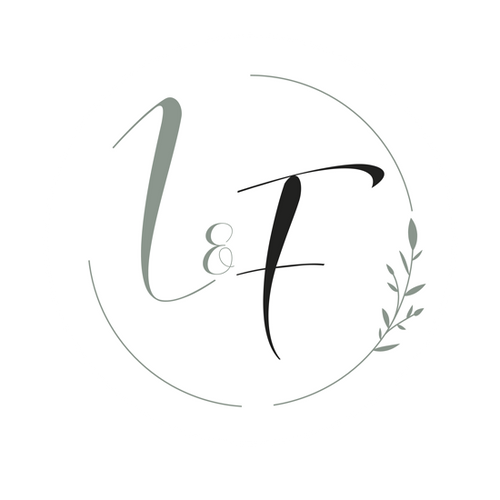
What makes linen so great that everyone is talking about it?
Linen is a magnificent and noble fabric, a true aristocrat of textiles. It's stylish, practical and long-lasting and adapts well to every interior, giving it a warm, "homey" look. Suitable for the kitchen, bedroom and bathroom, linen is widely used for furniture upholstery, soft furnishing, curtains, towels and sheets.
In ancient times flax was considered a plant with a soul, and rites associated with its sowing and harvest were deemed almost magical. Proven to be the world's strongest natural fibre, linen is far more durable than any other natural bast fibre based fabric, and has a high resistance to abrasion and stretching - making linen clothing very long-lasting. By giving it gentle care, you can enjoy your linen wardrobe staples for many years. It's always classy and does not follow trends because it is forever a trend in itself!
Across the world, people are beginning to steer away from disposable products, and we are all looking for more durable and eco-friendly alternatives for our households as well as for thoughtful, practical and ethical, yet stylish and luxury gifts. Linen is stylish, noble, timeless, and a perfect antidote to the throwaway culture and mentality.

Back to the roots.
The history of linen goes back thousands of years. Archaeologists believe that wild flax was used by the first weavers before the advent of ancient civilizations. The oldest fibres were found in a prehistoric cave in Georgia (Southeastern Europe), and their age has been estimated at around 34,000 years, making flax the oldest fibre known to have been used by humans.
In ancient Egypt, linen was called “woven moonlight" and considered the clothing of wealthy people. It was also used for mummification because it symbolized light and purity, and above all, wealth and luxury. At that time linen was reserved for the upper classes or the highest priests. It was so valued that in some cases linen fabric was used as currency.
For centuries, people have used linen in homes, farms, and hospitals, for food storage, for making tablecloths, tea towels, aprons and monogrammed heirloom bed linens- passed down for generations. They appreciate its advantages and properties; it is hypoallergenic, super absorbent, quick-drying, does not pick up static, moth resistant, cools the body in tropical temperatures, and holds the warmth on cold days. Just imagine that these are only a few of the advantages!
However, even being such a versatile, sustainable fabric, it is rarely used and represents less than 1% of all textile fibres consumed worldwide, according to the European Linen and Hemp organization.
At Linen and Fonts, we want to help you to rediscover linen and encourage the use of linen products in everyday life, especially if you strive to create a natural, eco-friendly home as linen is one of the most ecological fabrics.
We want to be advocates of conscious purchasing of durable, reusable products made from natural linen fabric as we see this as an investment in the protection of the environment in which our children will live in the future. All our products are made, sourced and sent to you with consideration of eco and zero waste principles. We are a small company, and we only cooperate with similarly sized manufacturers to make sure that we can monitor the creation of our products, making sure they come only from ethical sources.

Naturally biodegradable, eco-friendly and lowers carbon footprint.
Pure linen is one of the most eco-friendly products of nature. Nothing is wasted here as all parts of this divine plant are used for different purposes, and it is fully biodegradable and has a low environmental impact. We know that industrial crops are not completely neutral to the environment, but in general, flax production uses fewer pesticides, fertilizers and less water than, for example, cotton plantations. For comparison, making one garment from cotton requires around 4 times the amount of water than is needed to make the same garment from linen. Flax also helps to diversify ecosystems and promotes soil regeneration.
Linen is one of the most ecological fabrics, provided that optimal cultivation and processing conditions are maintained - we are committed to knowing our linen and its journey from the seed to the fabric and then your bathrobes, scarves or napkins,or food storage bags.
